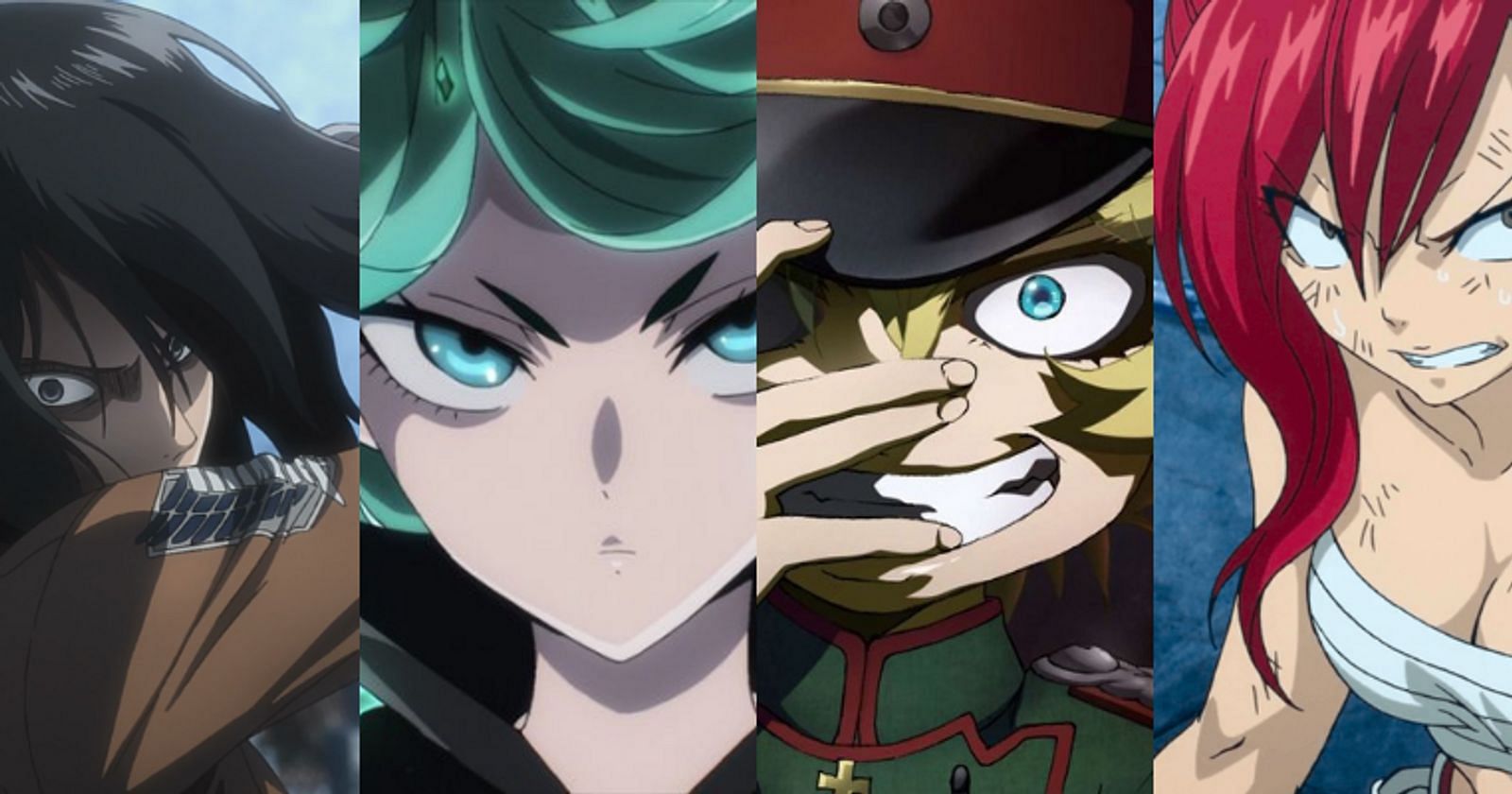
Widespread Gender Inequality Exposed in Anime: One Piece, Jujutsu Kaisen, and Dragon Ball Industry

Unveiling gender inequality in popular anime series like One Piece, Jujutsu Kaisen, and Dragon Ball, a groundbreaking survey by the Japanese Film Project (JFP) sheds light on the controversial role of women in the anime industry Explore the industry's deep-rooted issues and their implications for both storytelling and the talented women behind the scenes
The anime industry has always been a contentious topic when it comes to the role of women, both in the stories it produces and the people working behind the scenes. A recent survey by the Japanese Film Project (JFP) focused on the role of women in anime production, revealing a significantly lower percentage of females compared to males in the industry.
The survey also detailed the distribution of roles in the anime industry, including directors, music directors, producers, assistants, and more. Furthermore, it shed light on the reasons behind the male-oriented nature of the industry.
A recent survey by the Japanese Film Project (JFP) shows the role of women in the anime industry
Disclaimer: The views expressed here are based on personal opinions and do not represent the overall stance of Our Website. They are in no way intended to diminish the contributions of men and women in the anime industry or any other professional domain.
A recent survey by the Japanese Film Project (JFP) shows the role of women in the anime industry
Some prominent anime female characters (Image via MAPPA, Wit, and more).
A survey conducted by the Japanese Film Project, an institution dedicated to the cinema industry in Japan, shed light on the role of women in the anime industry. The findings revealed a significant disparity in the number of women employed in this medium compared to their male counterparts.
The survey analyzed anime films that grossed over 1 billion yen at the box office, including One Piece: Film Red, Jujutsu Kaisen 0, Suzume no Tojimari, Detective Conan: The Bride of Halloween, Dragon Ball Super: Super Hero, That Time I Got Reincarnated as a Slime: Scarlet Bond, Sword Art Online the Movie -Progressive- Scherzo of Deep Night, and others.
Key findings of the survey included that 41 percent of animation staff were female (65 out of 160), 18 percent of producers were women (56 out of 315), and 20 percent of art directors were female (3 out of 15).
The role of women in the anime industry
A separate category was allocated for more general but crucial positions such as directors, animation directors, cinematographers, music directors, scriptwriters/screenplay, character designers, and others. This category revealed that 31 percent of the staff (124 out of 400) were women. In assistant roles, there were 2345 women out of 4906, with animators making up 58 percent (1137 out of 1952) and art-related positions at 53 percent (144 out of 274).
The portrayal of women in anime has long been a point of contention, with many critics pointing out the stereotypical and often one-dimensional roles they play in the stories. A recent survey by the JFP indicates that this issue may extend to the industry itself, suggesting that there is still work to be done behind the scenes to address these disparities.
The male dominance in the anime industry may be a contributing factor to the lack of female representation, despite some genres aimed at women. It is important to prioritize transparency and merit in hiring practices, focusing on professionals' qualities rather than their gender. This approach not only increases the overall quality of the anime but also ensures that the right people are hired for the job.
Final thoughts
The anime industry has frequently been criticized for its treatment of women, and although there has been some progress, a recent survey suggests that there is still much work to be done. Nonetheless, the emphasis should be on merit rather than the gender of the professionals, as it is irrelevant in these circumstances.
Editor's P/S
As a passionate anime fan, I am deeply concerned about the widespread gender inequality exposed in the anime industry. The recent survey by the Japanese Film Project (JFP) has brought to light the significant underrepresentation of women in key roles, such as directors, producers, and art directors. This imbalance not only affects the storytelling and character development in anime but also limits the opportunities for talented women in the industry. It is crucial that the anime industry takes proactive steps to address this issue and create a more inclusive environment for women.
The portrayal of women in anime has long been a subject of debate, with many critics pointing out the stereotypical and often one-dimensional roles they play. The lack of female representation behind the scenes may contribute to this problem, as it limits the perspectives and experiences that are brought into the creative process. By increasing the number of women in leadership positions and giving them a greater voice in the industry, we can expect to see more nuanced and diverse female characters in anime.














